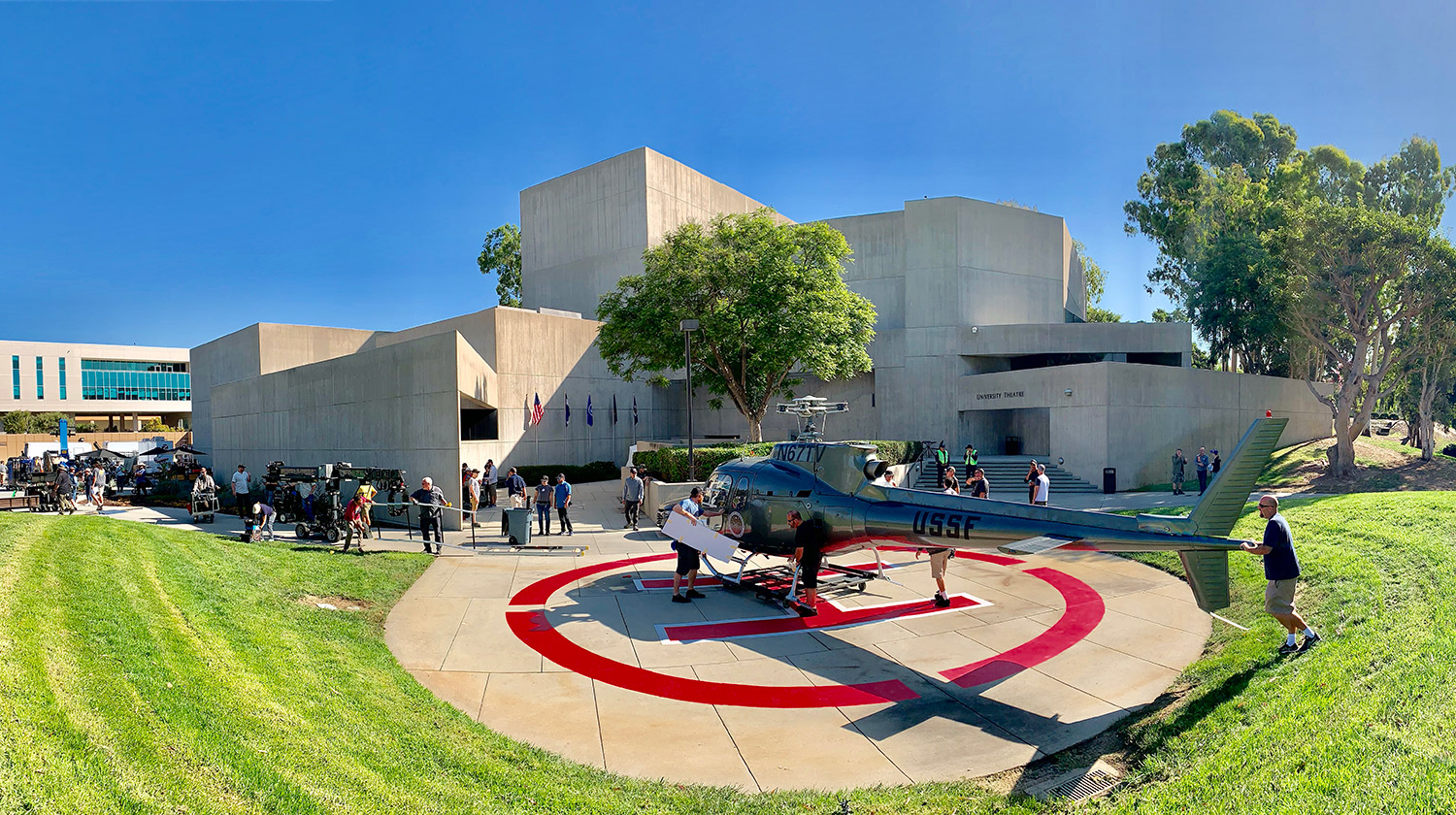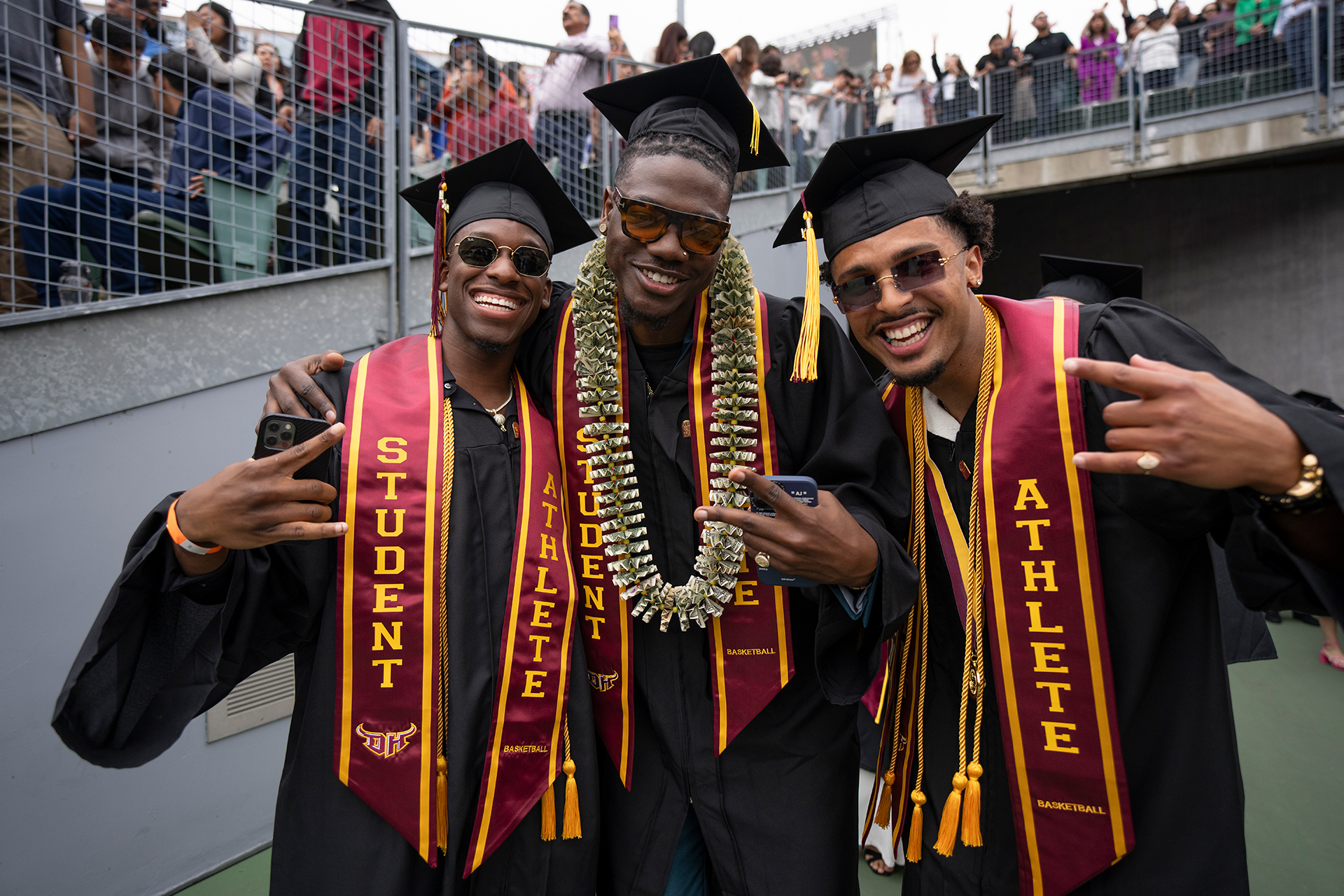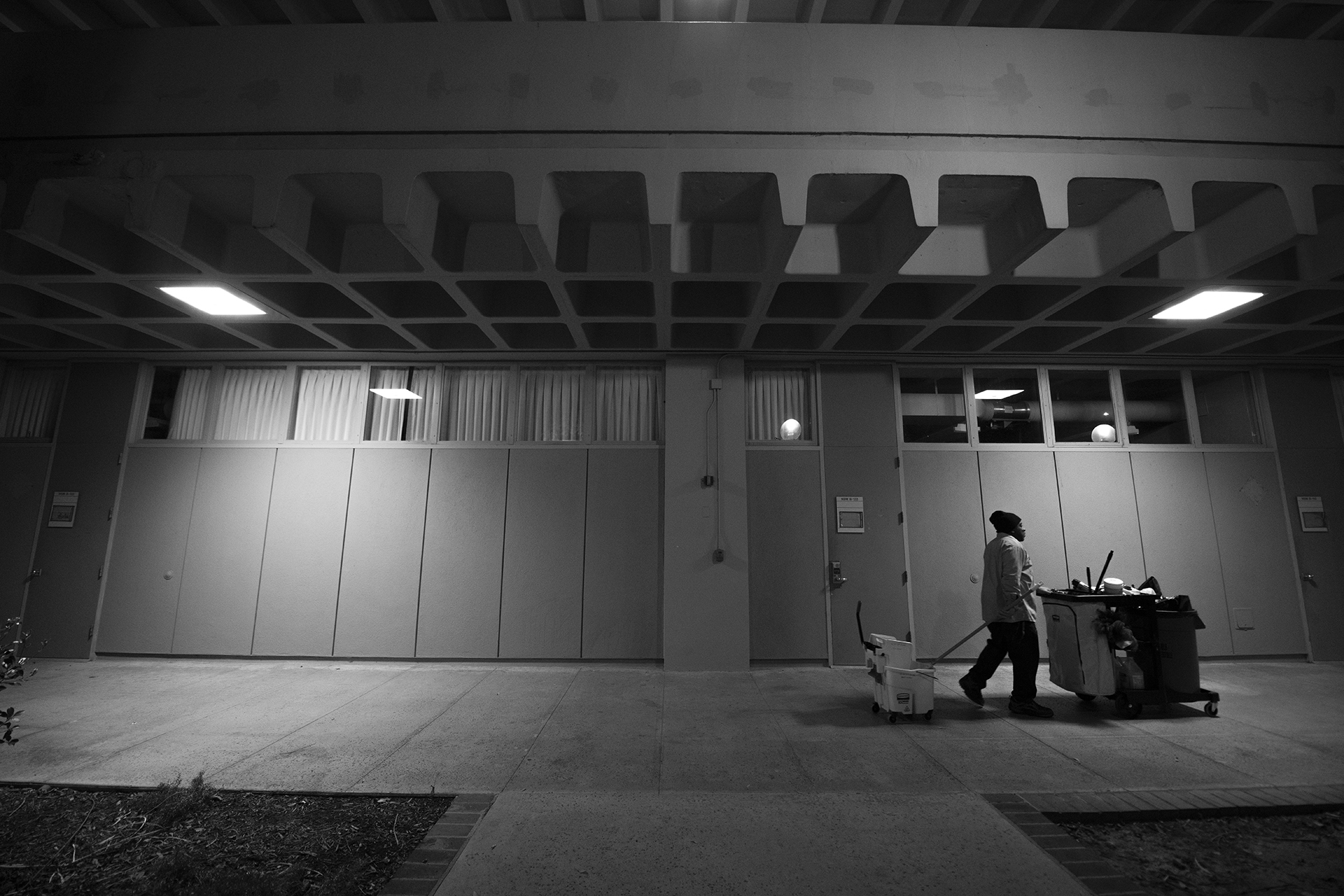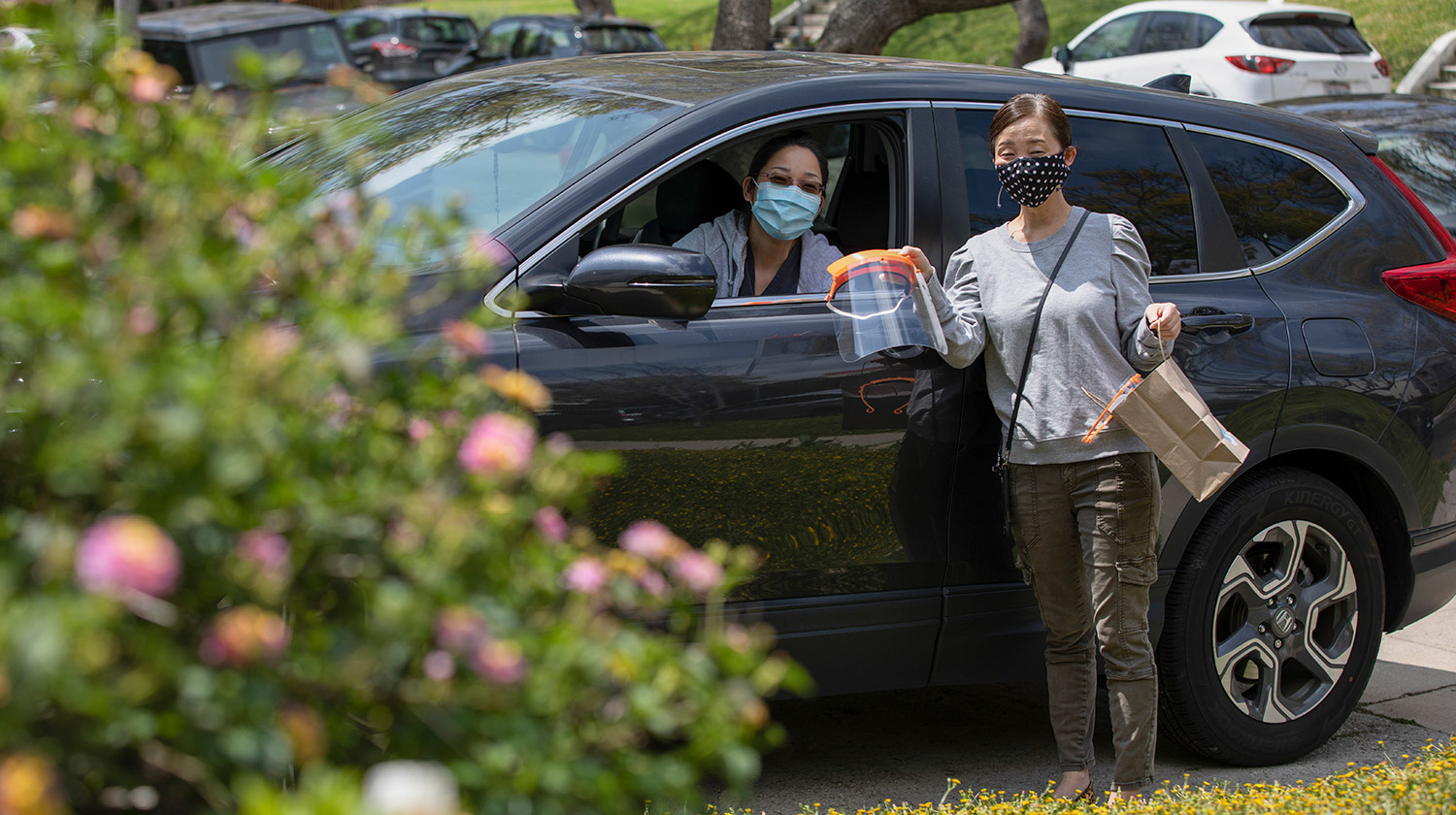Hillary Griffin
-

Staff Spotlight: Teddy the Toro
Teddy the Toro has been high-stepping across campus for over two decades, spreading Toro spirit and encouragement at just about…
-
Features

Hit Netflix Comedy “Space Force” Showcases CSUDH Campus
Netflix’s satirical comedy “Space Force” has been one of the streaming service’s most popular shows since its May 29 debut…
-

Founding Day 2020
Happy 60th Founding Day, Toros! On April 29, 1960, Governor Edmund G. (Pat) Brown signed into law the establishment of…


